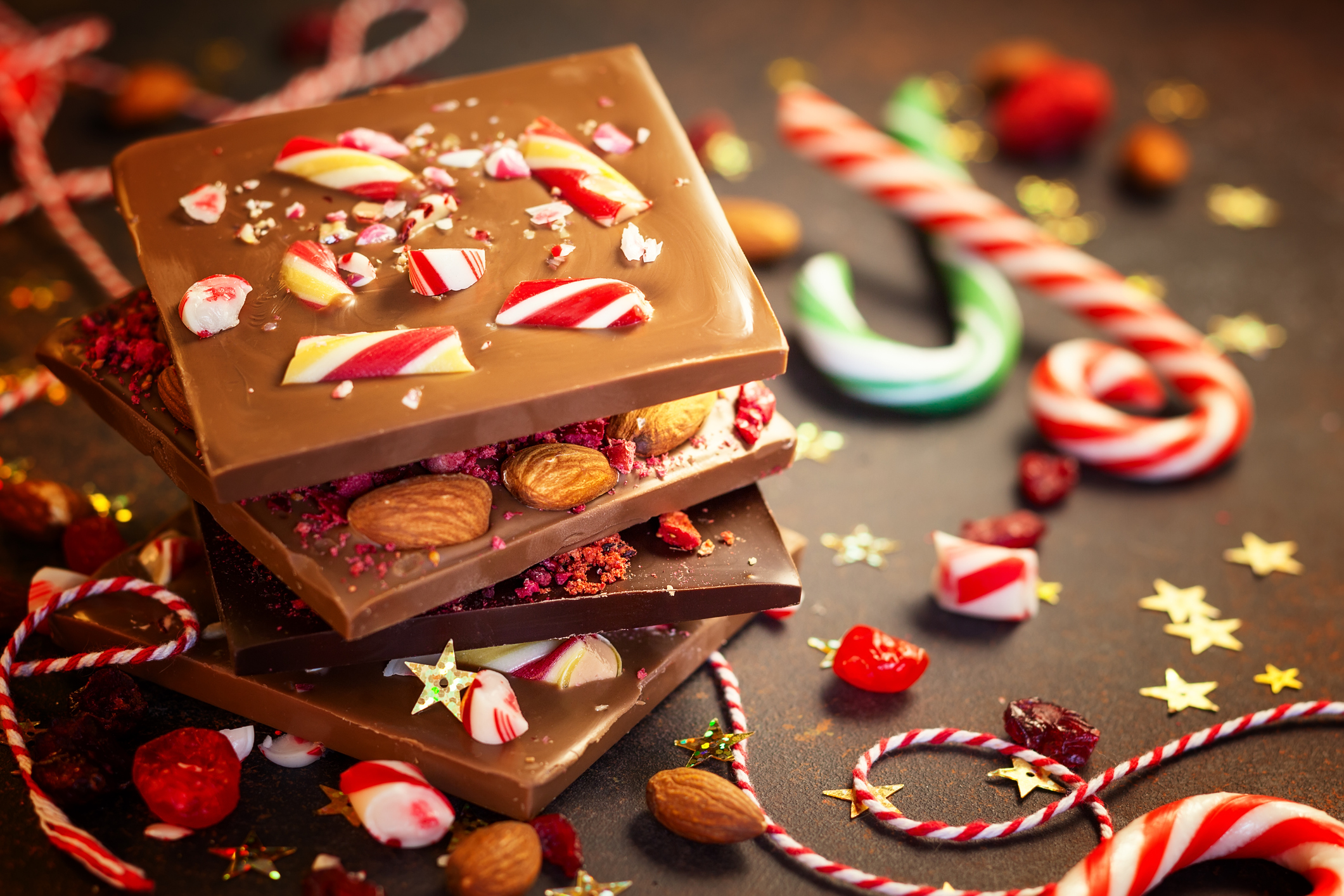K-State Food scientist shares tips for success with popular goodies
When it comes to making holiday candy, K-State Research and Extension food scientist Karen Blakeslee says it’s a cooking process that usually turns into a food science experiment.
“Candy is basically divided into two categories: crystalline or non-crystalline,” Blakeslee said.
Fudge is an example of a crystalline candy that requires special attention during the cooking process.
“You have to be careful when making fudge because sometimes you get little crystals that form inside and gives a grainy feeling in your mouth,” Blakeslee said, adding that some crystals are acceptable, but “the goal is to limit the size of crystals that form when you’re making fudge” or other crystalline candies.
“The size of the crystals should be very small to reduce the chance of a grainy texture,” she said, adding that creams and fondant are additional examples of crystalline candies. They should be smooth, creamy, and easy to chew.
Fudge, she said, “is basically chocolate, corn syrup, butter and sugar, and maybe vanilla or other flavoring such as peppermint.” For a quality end-product, Blakeslee said butter is key; don’t use margarine or another substitute.
“Butter is important because the fat in cream helps prevent crystals from forming when making fudge,” Blakeslee said.
Corn syrup can also help to prevent crystals from forming in fudge, she notes.
“If water gets into the product during the cooking process, crystals can form, so it becomes a balance between controlling the heat – how long you cook it – and watching for any kind of excess moisture,” Blakeslee said. “Even humidity in the air can be absorbed into a candy and cause problems. It really is a science experiment every time you make this type of candy.”
In non-crystalline candies – toffee and peanut brittle are two examples – Blakeslee said you don’t want any crystals to form, not even small ones. Other examples include lollipops, caramels, and nougats.
“For this type of candy, the sugar mixture is cooked to higher temperatures, such as the hard crack stage,” Blakeslee said. “During cooking, moisture evaporates and the temperature rises higher than the boiling point of water. Reduced moisture content and rapid cooling are key factors in making non-crystalline candy.”
According to Blakeslee, when making these types of candy, limit stirring to help reduce the formation of crystals.
Some cooks choose to add baking soda to brittle, which Blakeslee says lowers the acidity and makes the candy more brittle, or more porous: “It’s easier to break and easier to bite and chew,” Blakeslee said.
Blakeslee is also coordinator of K-State’s Rapid Response Center for Food Science, which offers many more tips on food safety for the holidays online.
Blakeslee spoke recently about considerations for holiday candy-making on the weekly podcast, Sound Living, available online from K-State Research and Extension.




